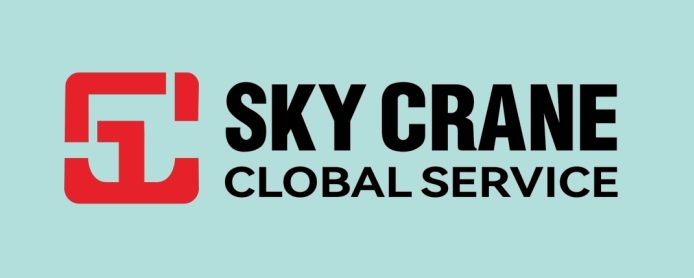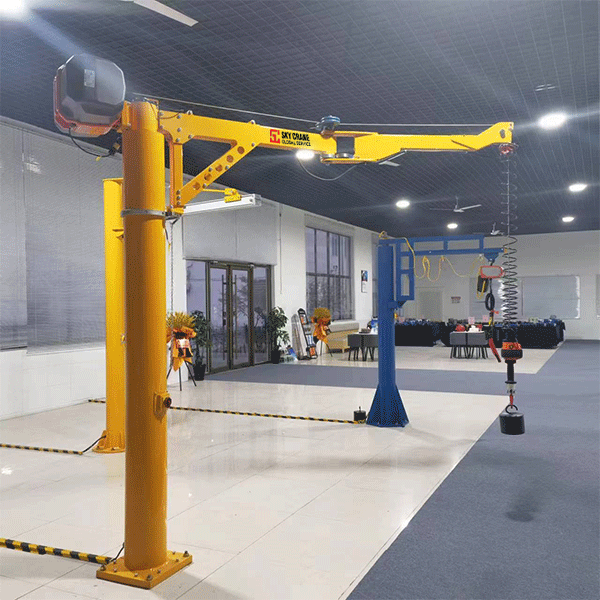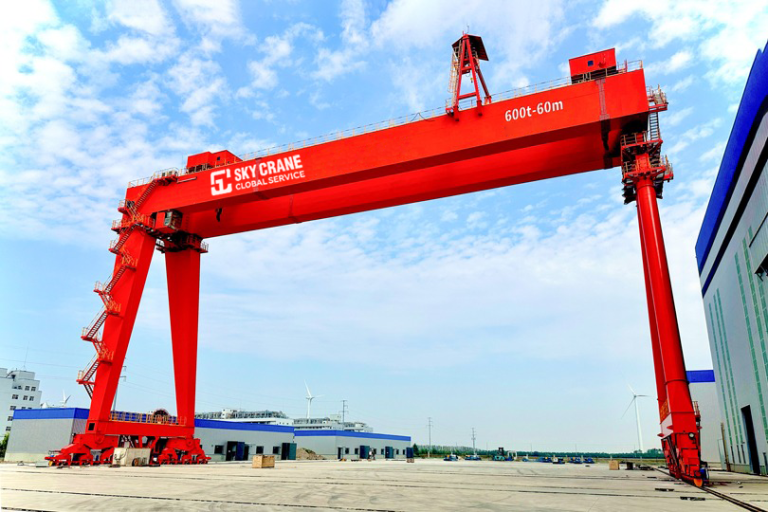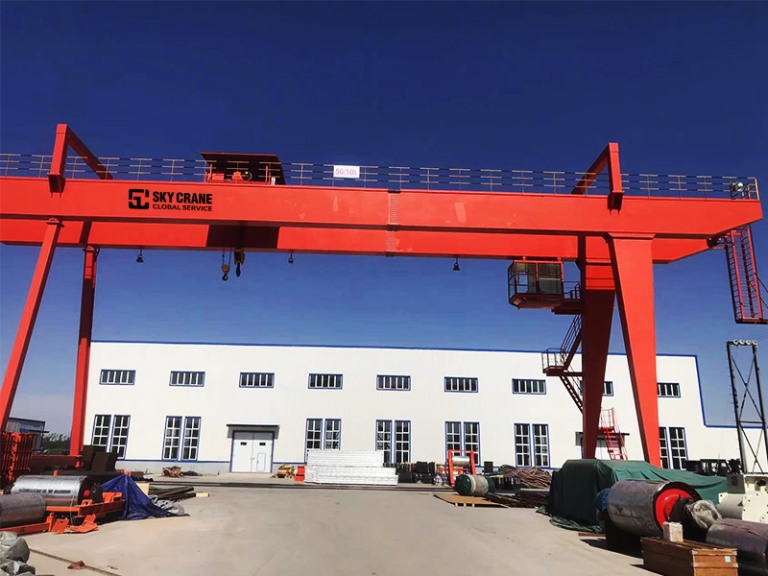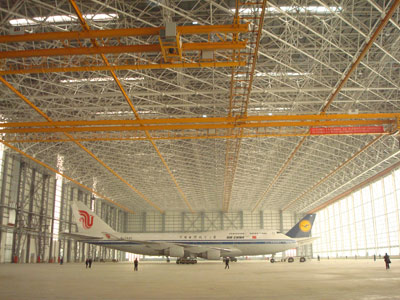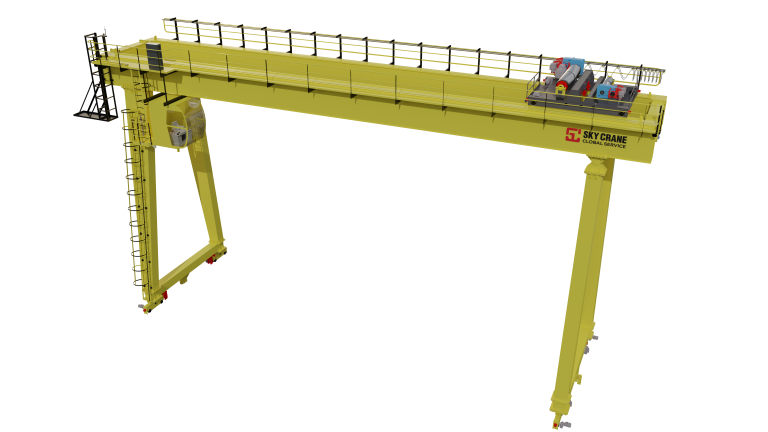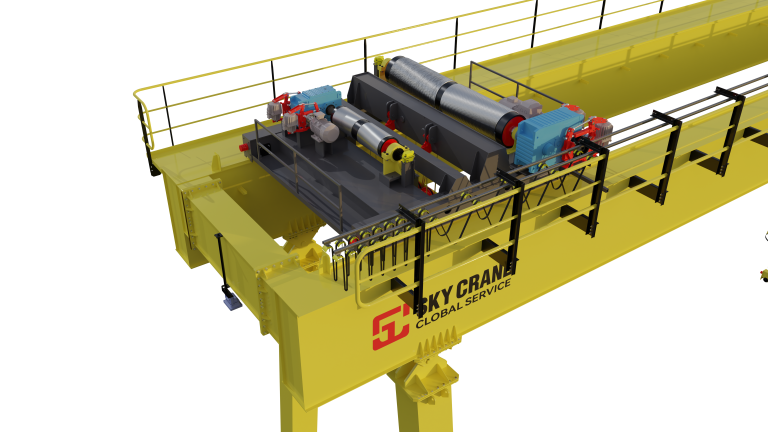Table of Contents
Benefits Of Custom Manual Single Beam Cranes
When considering the advantages of custom manual single beam cranes, it is essential to recognize the unique needs of various industries and applications. These cranes are designed to provide efficient lifting solutions tailored to specific operational requirements, making them an invaluable asset in numerous settings. One of the primary benefits of custom manual single beam cranes is their adaptability. Unlike standard models, which may not fit the precise dimensions or weight capacities needed for particular tasks, custom cranes can be engineered to meet exact specifications. This ensures that the crane operates optimally within the designated workspace, enhancing productivity and safety.
Moreover, the customization process allows for the incorporation of specialized features that can significantly improve functionality. For instance, businesses can choose the type of hoist, the length of the beam, and the overall design to suit their operational workflow. This level of personalization not only maximizes efficiency but also minimizes the risk of accidents caused by equipment that is ill-suited for the task at hand. Additionally, custom cranes can be designed to accommodate specific load types, whether they are heavy machinery, delicate components, or bulk materials, ensuring that the lifting process is both safe and effective.
| Number | Product Name |
| 1 | General purpose bridge crane |
| 2 | Rubber – tired Gantry Crane |
| 3 | European-style crane |
| 4 | Harbour crane |
Another notable advantage of custom manual single beam cranes is their potential for cost savings. While the initial investment may be higher than that of a standard crane, the long-term benefits often outweigh these costs. Custom cranes are built to last, utilizing high-quality materials and construction techniques that enhance durability. This longevity reduces the frequency of repairs and replacements, ultimately leading to lower maintenance costs over time. Furthermore, by optimizing the crane for specific tasks, businesses can reduce downtime and increase operational efficiency, which translates into higher productivity and profitability.
In addition to their practical benefits, custom manual single beam cranes also offer enhanced safety features. Safety is a paramount concern in any lifting operation, and custom cranes can be equipped with advanced safety mechanisms tailored to the specific risks associated with a particular environment. For example, features such as overload protection, emergency stop buttons, and ergonomic controls can be integrated into the design, ensuring that operators can work confidently and securely. This focus on safety not only protects employees but also safeguards valuable equipment and materials, further contributing to the overall efficiency of operations.
Furthermore, the aesthetic aspect of custom cranes should not be overlooked. Businesses often seek to maintain a cohesive brand image, and custom cranes can be designed to reflect this identity. By incorporating company colors, logos, and other branding elements, organizations can enhance their professional appearance while also fostering a sense of pride among employees. This attention to detail can positively impact workplace morale and contribute to a more engaged workforce.
In conclusion, the benefits of custom manual single beam cranes are manifold, encompassing adaptability, cost savings, enhanced safety, and aesthetic appeal. By investing in a crane that is specifically designed to meet the unique demands of their operations, businesses can significantly improve their lifting capabilities while ensuring a safer and more efficient work environment. As industries continue to evolve, the importance of tailored solutions like custom cranes will only grow, making them a wise choice for organizations looking to optimize their operations and maintain a competitive edge.
Key Features To Consider When Ordering A Manual Single Beam Crane
When considering the purchase of a manual single beam crane, it is essential to evaluate several key features that can significantly impact its performance and suitability for your specific needs. First and foremost, the lifting capacity of the crane is a critical factor. This capacity determines the maximum weight the crane can safely lift and maneuver. It is vital to assess the types of loads you will be handling and ensure that the crane’s specifications align with these requirements. Overloading a crane can lead to dangerous situations, including equipment failure and potential injury, making it imperative to choose a model that can comfortably accommodate your heaviest loads.
In addition to lifting capacity, the span of the crane is another important consideration. The span refers to the distance between the supports of the crane, which directly affects its operational range. A wider span allows for greater flexibility in moving materials across a larger area, while a narrower span may be more suitable for confined spaces. Therefore, it is advisable to evaluate the layout of your workspace and determine the optimal span that will enhance efficiency without compromising safety.
Moreover, the height of the lift is a crucial feature that should not be overlooked. The height of the lift indicates how high the crane can raise its load, which is particularly important in environments with varying ceiling heights or when stacking materials. It is essential to ensure that the crane can reach the necessary height for your operations while maintaining stability and control. Additionally, consider the overall design and construction of the crane. A robust and durable design will not only enhance the crane’s longevity but also ensure it can withstand the rigors of daily use. Materials such as high-strength steel are often preferred for their resilience and ability to support heavy loads.
Another significant aspect to consider is the ease of operation. Manual single beam cranes are designed for straightforward use, but features such as ergonomic handles, smooth rolling wheels, and intuitive controls can greatly enhance the user experience. An easy-to-operate crane reduces the risk of operator fatigue and increases productivity, making it a worthwhile investment. Furthermore, it is beneficial to look for cranes that offer adjustable features, allowing for customization based on specific tasks or load types.
Safety features are paramount when selecting a manual single beam crane. Look for models equipped with safety locks, overload protection systems, and emergency stop mechanisms. These features not only protect the operator but also safeguard the materials being handled. Additionally, consider the crane’s compliance with industry standards and regulations, as this ensures that it meets safety requirements and can be used confidently in various environments.
Lastly, it is advisable to consider the availability of support and service from the manufacturer or supplier. A reputable company will provide not only a quality product but also ongoing support, including maintenance services and replacement parts. This aspect can significantly influence the long-term performance and reliability of your crane.
In conclusion, ordering a manual single beam crane involves careful consideration of several key features, including lifting capacity, span, height of lift, design, ease of operation, safety features, and manufacturer support. By thoroughly evaluating these aspects, you can make an informed decision that aligns with your operational needs and enhances your overall efficiency.
How To Choose The Right Supplier For Your Manual Single Beam Crane Custom Order
When considering a manual single beam crane for a custom order, selecting the right supplier is a critical step that can significantly impact the overall success of your project. The process begins with understanding your specific needs and requirements, as this will guide you in identifying suppliers that specialize in the type of crane you require. It is essential to evaluate the supplier’s experience in manufacturing manual single beam cranes, as a seasoned supplier is more likely to understand the nuances of design and functionality that are crucial for your application.
Furthermore, it is advisable to conduct thorough research on potential suppliers. This can include reviewing their websites, examining their product catalogs, and reading customer testimonials. A reputable supplier will often showcase their previous projects, which can provide insight into their capabilities and the quality of their work. Additionally, consider reaching out to industry peers or colleagues who have previously ordered similar equipment. Their recommendations can be invaluable in narrowing down your options and ensuring that you are considering suppliers with a proven track record.
Once you have identified a shortlist of potential suppliers, it is important to assess their manufacturing processes and quality control measures. A reliable supplier should adhere to industry standards and regulations, ensuring that their cranes are not only functional but also safe to operate. Inquire about the materials they use, as well as their testing procedures. A supplier that prioritizes quality will be transparent about their processes and willing to provide certifications or documentation that demonstrate compliance with safety standards.
In addition to quality, consider the level of customization that each supplier offers. Since you are looking for a manual single beam crane tailored to your specific needs, it is crucial to choose a supplier that is flexible and willing to work closely with you throughout the design process. This collaboration can lead to a more effective final product, as the supplier can incorporate your feedback and make adjustments as necessary. During this stage, communication is key; therefore, assess how responsive and accessible the supplier is when you reach out with questions or requests for information.
Moreover, pricing is an important factor to consider, but it should not be the sole determinant in your decision-making process. While it is natural to seek competitive pricing, it is essential to balance cost with quality and service. A lower price may be tempting, but it could also indicate compromises in materials or craftsmanship. Therefore, request detailed quotes from multiple suppliers and compare not only the prices but also the value offered in terms of warranty, after-sales support, and delivery timelines.
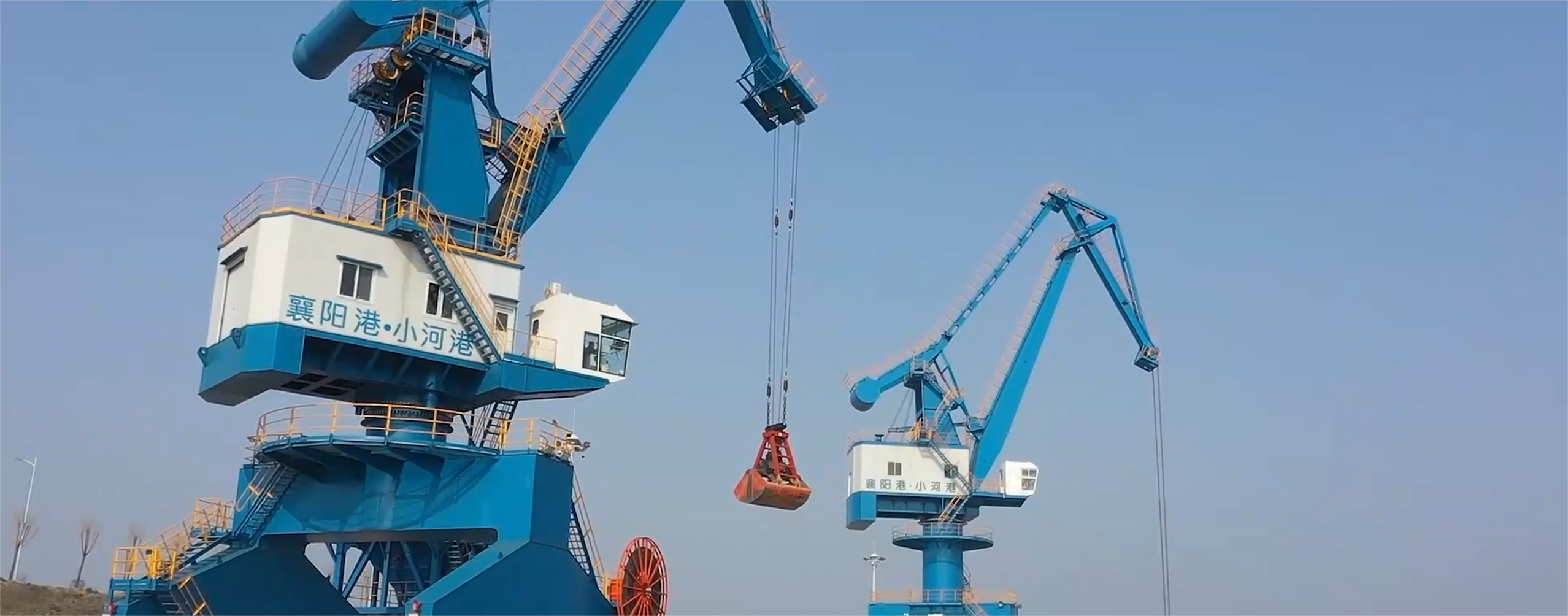
Finally, before making a final decision, it is prudent to visit the supplier\\u2019s facility if possible. This visit can provide a firsthand look at their operations and give you confidence in their capabilities. Engaging directly with the team can also help establish a rapport, which is beneficial for ongoing communication throughout the project. In conclusion, choosing the right supplier for your manual single beam crane custom order involves careful consideration of their experience, quality assurance practices, customization options, pricing, and overall reliability. By taking the time to evaluate these factors, you can ensure that your investment leads to a successful and efficient lifting solution tailored to your specific needs.
